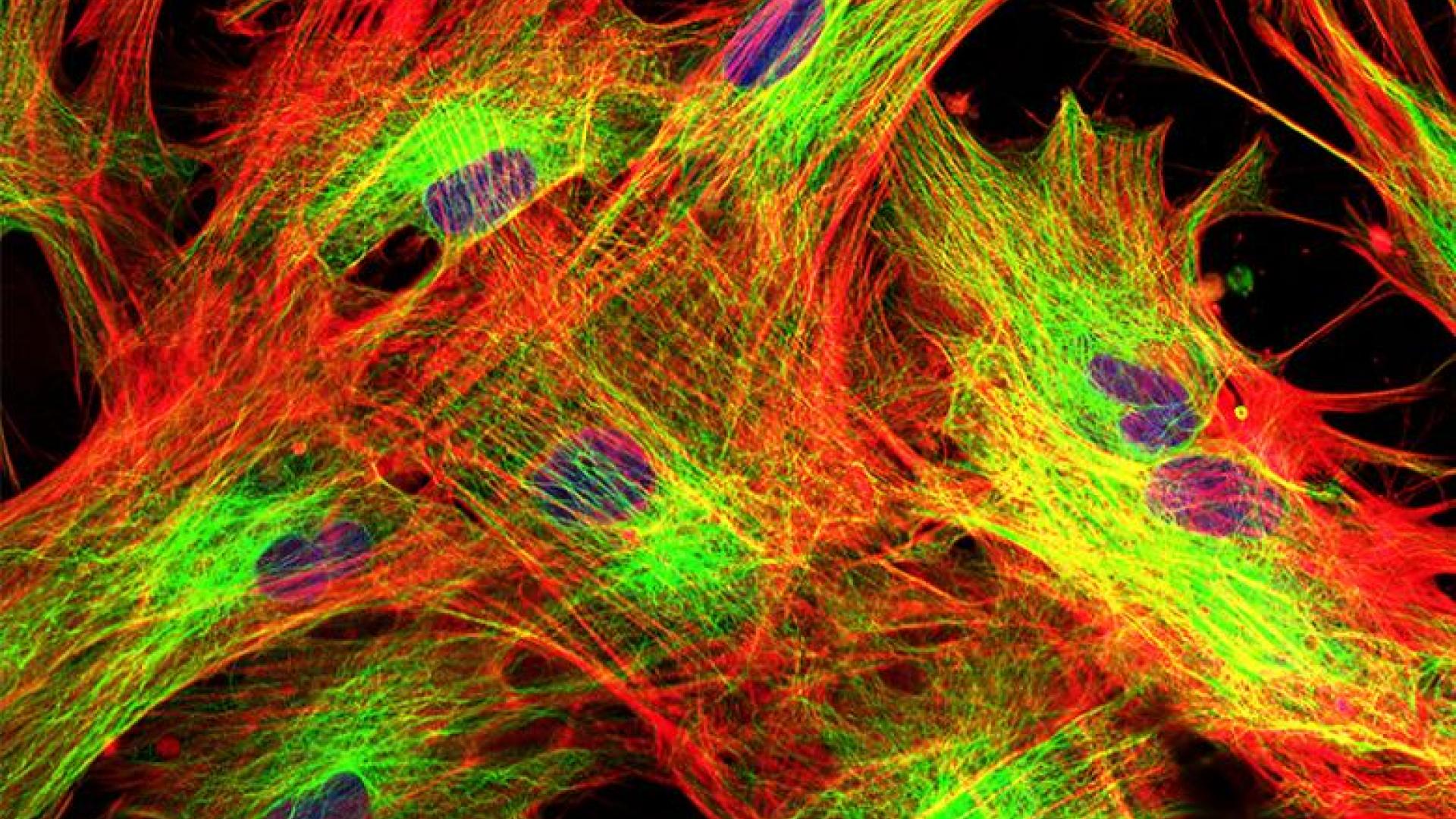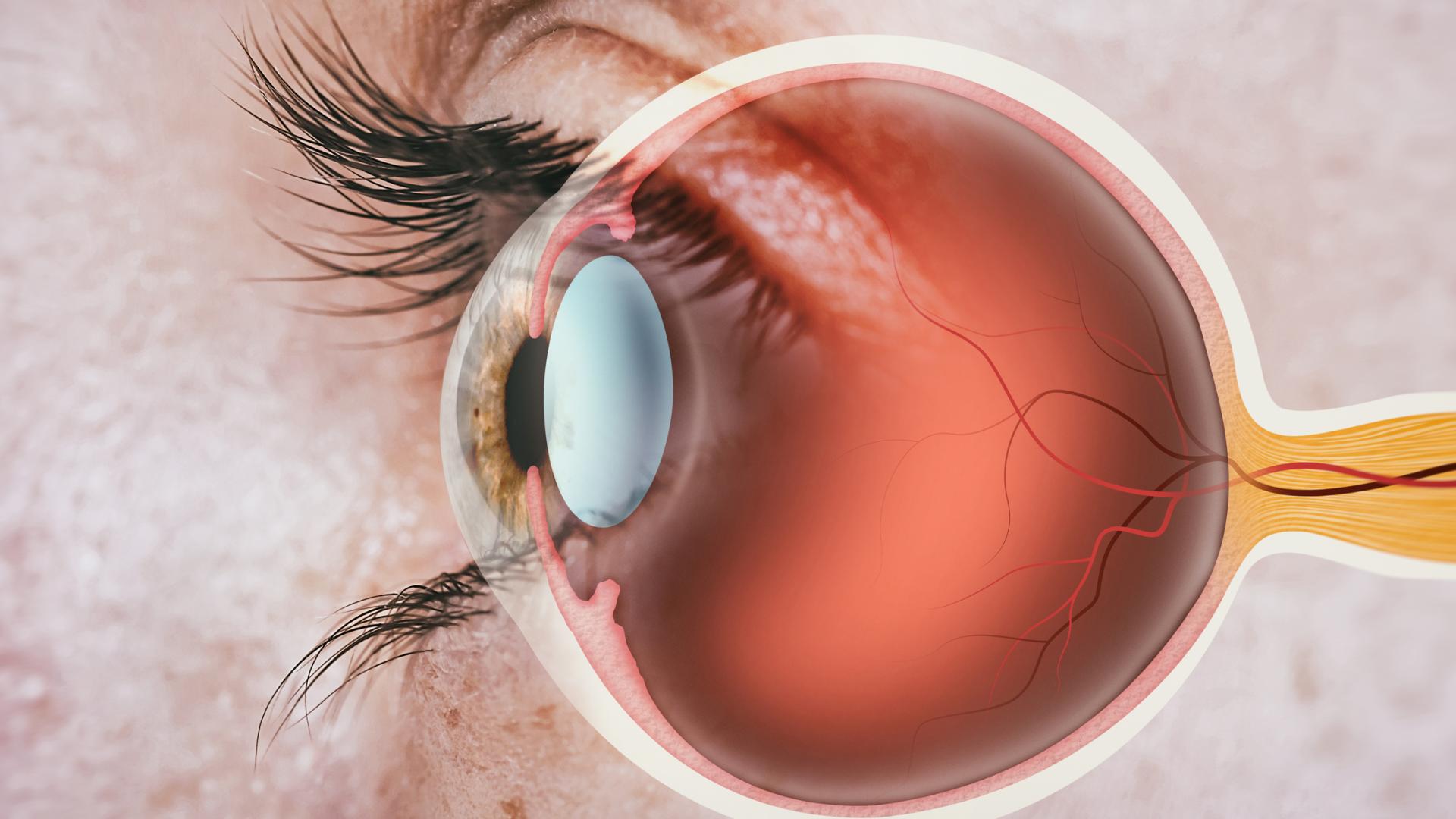
Many different studies have demonstrated the relationship between age and glaucoma.
Older age is not only a risk factor for the diagnosis of glaucoma, but also for its progression. Overall, these studies show that the percentage of patients with glaucoma increases dramatically with age, especially in patients who are of Latino/Hispanic and African descent.
Why is Age a Risk Factor for Glaucoma?
Primary Open-Angle Glaucoma
Primary open-angle glaucoma is a neurodegenerative disease of the optic nerve, which is formed by the axons (or cables) of the retinal ganglion cells that reside in the retina and extend to very specific regions in the brain.
Aging likely contributes to the vulnerability of the optic nerve over time, such that the aged optic nerve is less able to withstand various affronts, such as elevated eye pressure. In addition, the pathway by which eye fluid flows out of the eye also likely begins to weaken over time. As the outflow pathway weakens, the eye pressure gradually begins to increase.
Primary Angle-Closure Glaucoma
Age is also a risk factor for primary angle-closure glaucoma. One of the reasons is that as we get older, the lens also thickens. This thickened lens can further narrow angles that were already susceptible to being narrow. The angle can be thought of as the angle between the iris and the cornea, although that is an oversimplification.
In patients where the diagnosis is not clear (primary angle-closure suspects), and who elect not to have laser iridotomy, they should be monitored over time as the angle can further narrow as the lens thickens with age.
Glaucoma in Children and Young Adults
Although age is a major risk factor for glaucoma, it is important to recognize that there are congenital forms of glaucoma, where infants are diagnosed within the first 6 – 12 months of birth, and juvenile onset forms of glaucoma, which can manifest in childhood and early adulthood. Congenital glaucoma is often detected because the infant experiences symptoms, such as sensitivity to light, tearing, or squeezing of the eyelids. Sometimes, the cornea (the clear part of the front of the eye) may become cloudy, or the eye may appear red or enlarged. If you notice any of these findings in your child, it will be important to see a pediatric ophthalmologist for a comprehensive examination.
The Importance of Eye Exams
If you are an older adult and wondering if you should be examined for signs of glaucoma, the American Academy of Ophthalmology recommends that adults with no signs or risk factors of eye disease should have a baseline comprehensive eye exam at age 40. The National Eye Institute recommends that African Americans over age 40, everyone over age 60, especially Mexican Americans, and people with a family history of glaucoma should have a comprehensive eye exam. Also, even if you have had a normal eye examination at baseline, you should still be examined every few years because glaucoma can manifest with age, as discussed above.
About BrightFocus Foundation
BrightFocus Foundation is a premier global nonprofit funder of research to defeat Alzheimer’s, macular degeneration, and glaucoma. Since its inception more than 50 years ago, BrightFocus and its flagship research programs—Alzheimer’s Disease Research, Macular Degeneration Research, and National Glaucoma Research—has awarded more than $300 million in research grants to scientists around the world, catalyzing thousands of scientific breakthroughs, life-enhancing treatments, and diagnostic tools. We also share the latest research findings, expert information, and resources to empower the millions impacted by these devastating diseases. Learn more at brightfocus.org.
Disclaimer: The information provided here is a public service of BrightFocus Foundation and is not intended to constitute medical advice. Please consult your physician for personalized medical, dietary, and/or exercise advice. Any medications or supplements should only be taken under medical supervision. BrightFocus Foundation does not endorse any medical products or therapies.
- Eye Health
- Risk Factors









